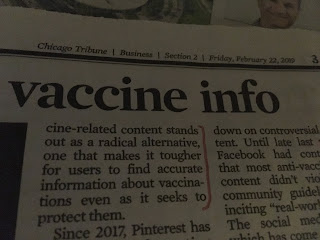Pronouns are words that replace proper nouns such as names, objects or groups. Nominative pronouns replace the subject of a sentence and objective pronouns replace the object of a sentence.
Pronouns also replace possesive nouns. Instead of "Jimmy's bat" it is now "his bat."
Example: The New York Times April 24th Issue
Explanation:
"The police" are a plural noun so the pronoun attached to them must also be plural. "Its" is a singular possessive pronoun. "Their are theirs" are plural possessive pronouns so "their" is the right one for this sentence.
Revision:
The police in Northern Ireland said that Thursday night's rioting had broken out after their officers entered the Creggan area to search for arms and explosives that security servvices beileved would be used in an attack to mark the anniversary of the Easter Rising of 1916,..."















